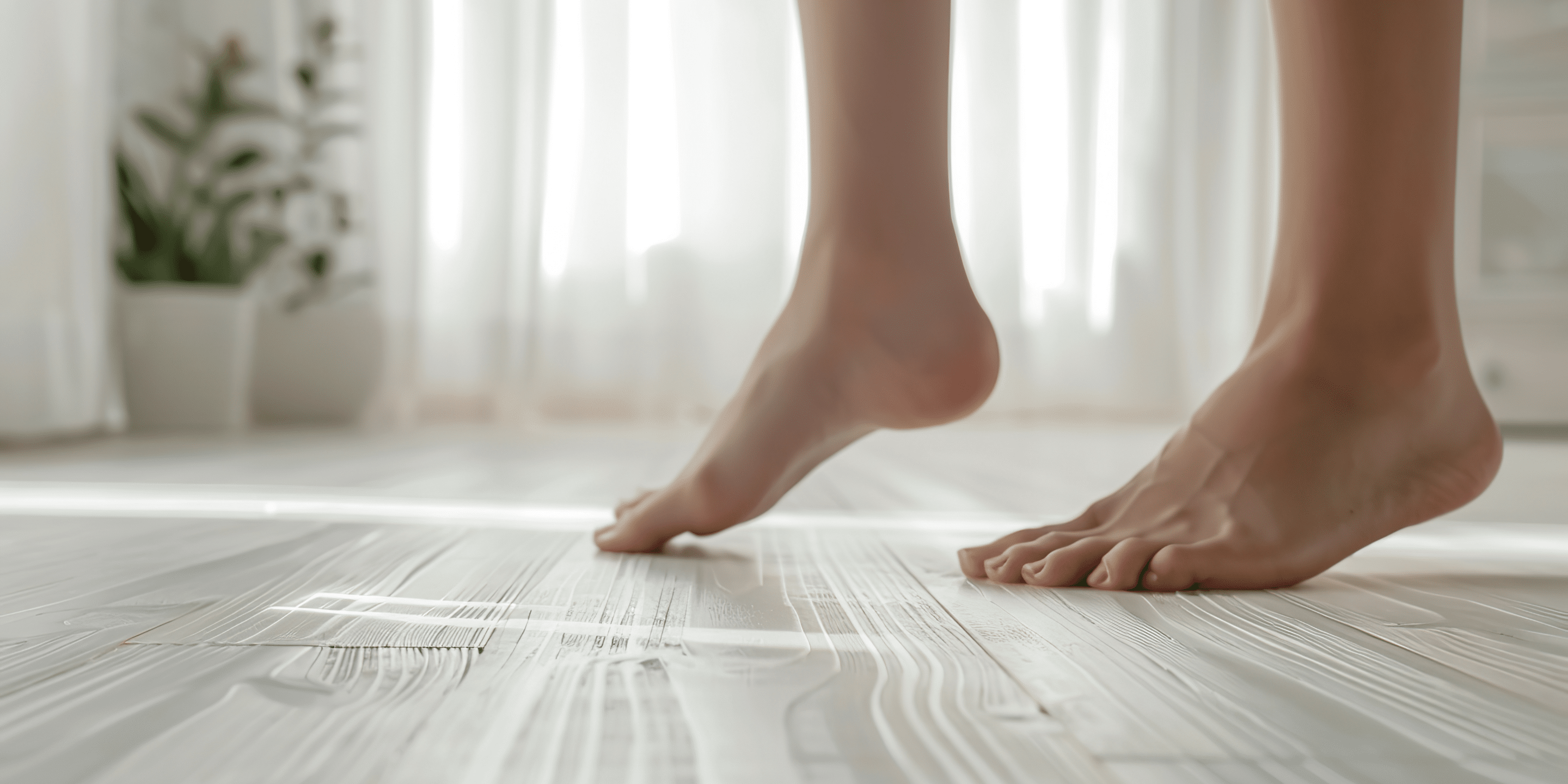Heel spurs
Heel pain can be a debilitating condition that affects your daily activities and quality of life. Among the common culprits of heel pain are heel spurs and plantar fasciitis. While heel spurs are often blamed for this discomfort, the real issue usually lies elsewhere. In this blog, we’ll explore what heel spurs are, their symptoms, causes, and the most effective treatments to alleviate heel pain.
What Are Heel Spurs?
Heel spurs are bony protrusions that develop on the underside of the heel bone. These growths, also known as calcaneal spurs, are typically the result of calcium deposits that form over time. Heel spurs can extend forward by as much as half an inch and are often detected through X-rays. Despite their sometimes intimidating appearance, heel spurs may or may not cause pain.
Heel spurs are frequently associated with plantar fasciitis, a condition characterized by inflammation of the plantar fascia, a thick band of tissue that runs along the bottom of your foot. Over time, the chronic strain and inflammation from plantar fasciitis can lead to the formation of heel spurs.
Heel Spur Symptoms
Many individuals with heel spurs do not experience any symptoms. However, when symptoms do occur, they can be quite uncomfortable and may include:
- Sharp Pain: A knife-like pain in the heel, especially when taking the first steps in the morning.
- Dull Ache: Persistent, dull pain in the heel throughout the day.
- Inflammation and Swelling: Noticeable swelling and tenderness at the front of the heel.
- Protrusion: A small, visible bony protrusion under the heel, which can sometimes be felt through the skin.
What Causes Heel Spurs?
Heel spurs are often caused by long-term stress and strain on the muscles and ligaments of the foot. The contributing factors include:
- Overuse: Engaging in high-impact activities such as running, jumping, or dancing, can put excessive strain on the heel.
- Improper Footwear: Wearing poorly fitted or worn-out shoes that lack proper support and cushioning.
- Obesity: Excess body weight increases the pressure on the heels, contributing to the development of heel spurs.
- Abnormal Gait: Walking in a way that puts undue stress on certain parts of the foot, leading to chronic irritation.
- Age-Related Changes: Natural wear and tear on the heel bone and surrounding tissues as part of the aging process.
Heel Spurs Treatment
Contrary to popular belief, heel spurs themselves are rarely the direct cause of heel pain. Instead, the pain is usually due to plantar fasciitis, which causes inflammation of the plantar fascia. Heel spurs are often a secondary consequence of chronic plantar fasciitis.
Treating Plantar Fasciitis First
To effectively address heel pain, it’s crucial to treat the underlying plantar fasciitis first. Here are some conservative treatments that can help:
- Rest and Ice: Giving your feet a break and applying ice can reduce inflammation and alleviate pain. It’s important to avoid activities that exacerbate the condition.
- Orthotic Devices: Custom orthotics can provide additional support and reduce the stress on the plantar fascia. Over-the-counter inserts can also be helpful in some cases.
- Stretching Exercises: Regular stretching of the calves and the bottom of the feet can relieve tension in the plantar fascia. Exercises such as calf stretches, towel stretches, and rolling the foot over a tennis ball can be beneficial.
- Proper Footwear: Investing in shoes with good arch support and cushioning is essential. Look for shoes specifically designed for plantar fasciitis or use supportive insoles.
- Physical Therapy: A physical therapist can create a personalized exercise program to strengthen the muscles in your feet and lower legs. They can also provide manual therapy and other modalities to reduce pain and improve function.
- Medications: Nonsteroidal anti-inflammatory drugs (NSAIDs) can help manage pain and reduce inflammation. Always consult with a healthcare professional before starting any medication.
Considering Surgery
If conservative treatments for plantar fasciitis are unsuccessful and heel pain persists, surgical options may be considered. Heel spurs can be surgically removed, but this is typically seen as a last resort due to the invasive nature of the procedure. Surgery involves detaching the plantar fascia from the heel bone or removing the spur. While this can provide relief, it also carries risks like infection, nerve damage, and prolonged recovery time.
Let Us Help Treat Your Heel Pain and Heel Spurs
At Richardson Podiatry, we specialize in diagnosing and treating heel pain to help you get back on your feet. Our team of experts will work with you to create a personalized treatment plan aimed at addressing the root cause of your discomfort. We understand that heel pain can significantly impact your life, and we’re here to provide the support and care you need to find relief.
Our approach begins with a comprehensive evaluation to determine the underlying cause of your heel pain. Once we have a clear diagnosis, we can recommend the most appropriate treatment options. Whether you need guidance on conservative treatments or are considering surgical intervention, we are here to help every step of the way.
Contact Us Today
Don’t let heel pain hold you back. Contact us today to schedule a consultation and begin your journey to a pain-free life. Our dedicated team is ready to assist you in finding the most effective solutions for your heel pain and help you return to your daily activities without discomfort.
By understanding the true cause of your heel pain and exploring all treatment options, you can find relief and get back to enjoying your daily activities. Heel spurs may be a secondary issue, but with the right approach, they too can be managed effectively. Let us help you on your journey to better foot health. Contact us today to learn more about our services and how we can assist you in achieving lasting relief from heel pain.

